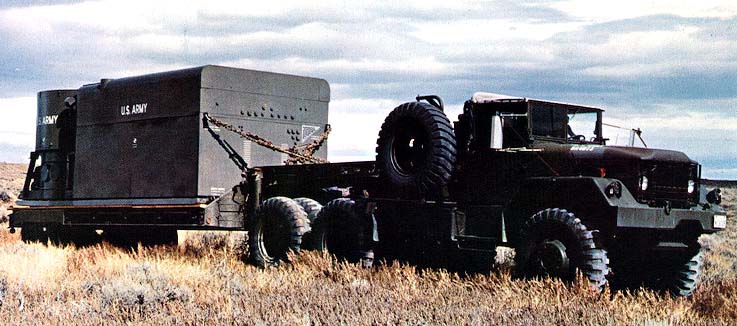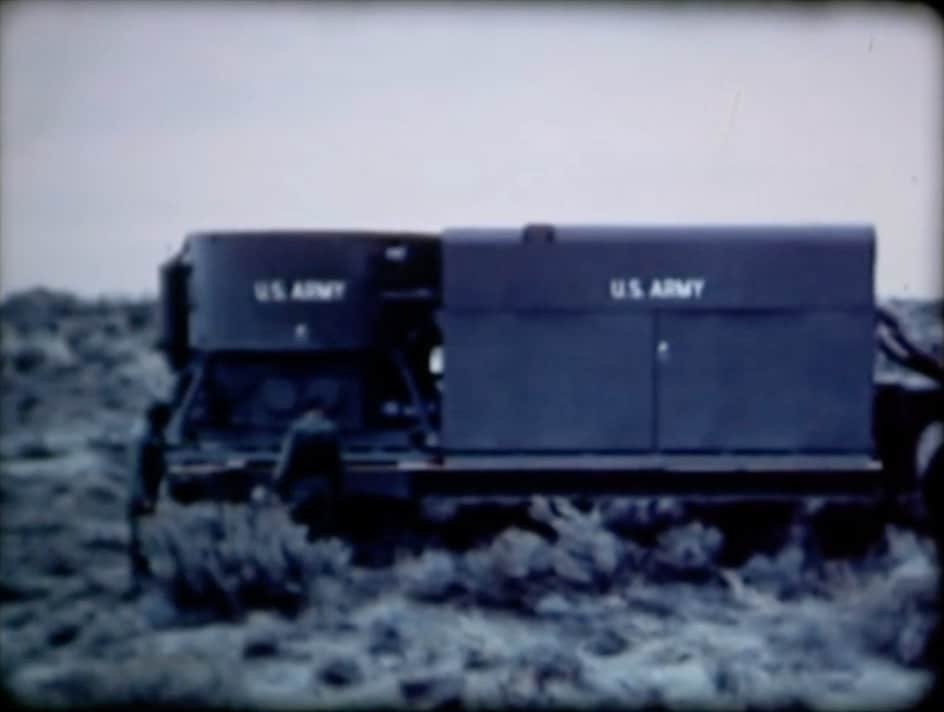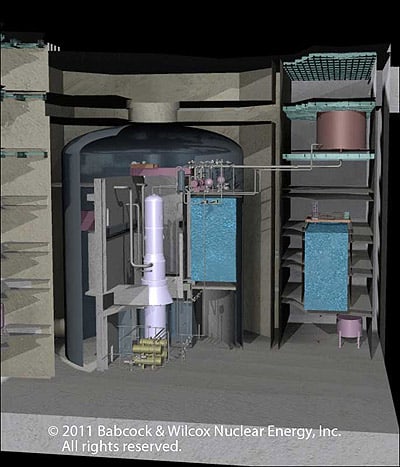Project Dilithium – Boldly going back to a place our ancestors visited and prematurely abandoned
In January 2019, the Strategic Capabilities Office (SCO) of the U.S. Department of Defense officially informed the world that it was interested in learning more about small, mobile, nuclear generators. The SCO said it wanted to find out if there was technology available that could supply a forward operating base with abundant, emission-free electricity for…



